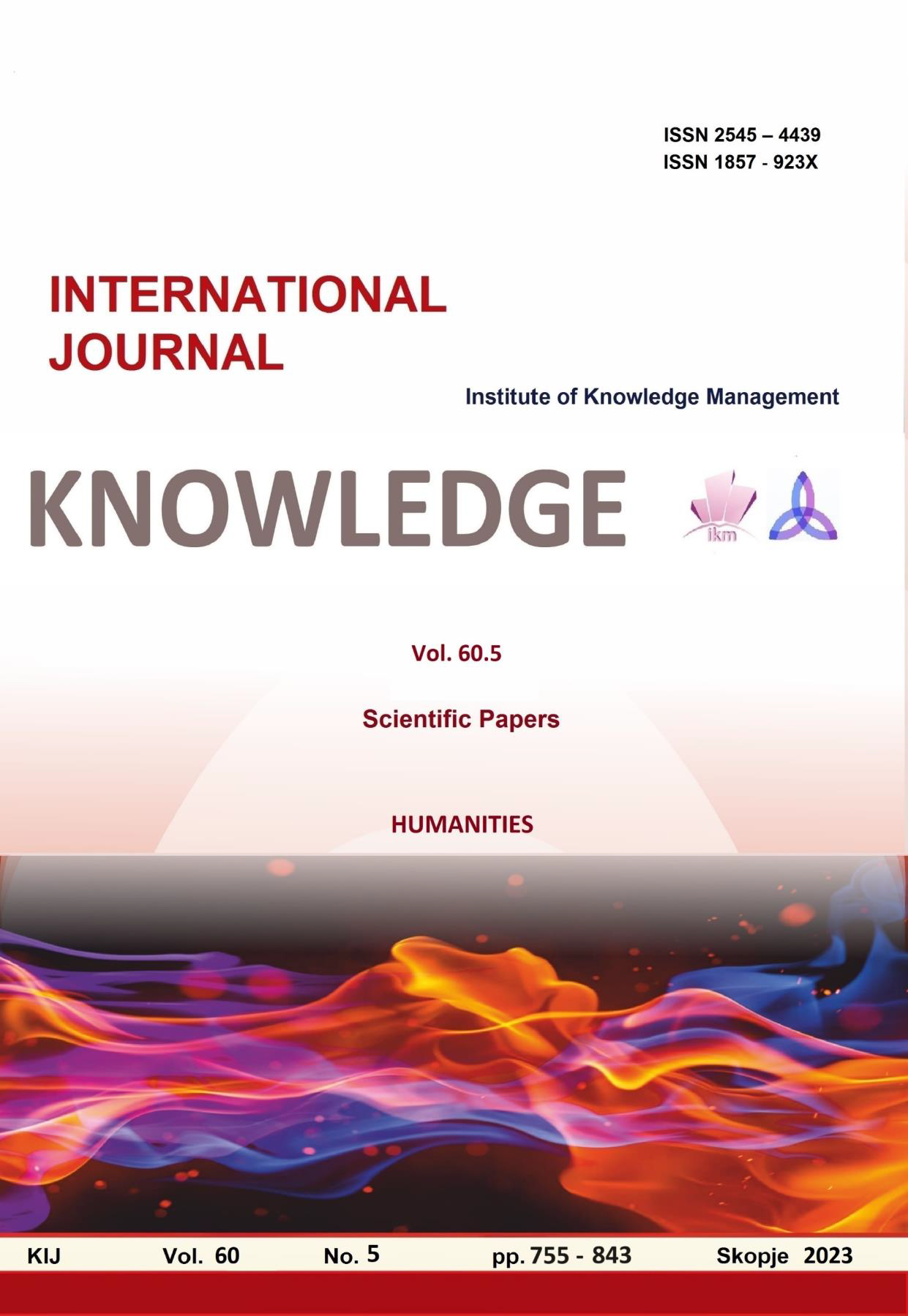THE TRANSFORMATION OF WOMAN STEREOTYPE PRESENTED TO CHILDREN THROUGH DISNEY'S ANIMATED FAIRY TALES
THE TRANSFORMATION OF WOMAN STEREOTYPE PRESENTED TO CHILDREN THROUGH DISNEY'S ANIMATED FAIRY TALES
Author(s): Vera Virijević MitrovićSubject(s): Social Sciences, Gender Studies, Fine Arts / Performing Arts, Visual Arts, Sociology, Film / Cinema / Cinematography
Published by: Scientific Institute of Management and Knowledge
Keywords: animated fairy tale;gender stereotype;influence of visual content on preschool children
Summary/Abstract: Proceeding from the need to use one concrete example to show the power with which media and modern visual content can have an impact on children of an early age, we point to the inexhaustible field of psychological influence and sociological response to Walt Disney's animated fairy tales.In this paper, our goal is to determine the appearance and change of gender stereotypes, first of all, the change of stereotypes of women and their social role through the characters of princesses – the main heroines of animated fairy tales by The Walt Disney Studios; with particular reference to the importance of the influence that popular cartoons have on the age of preschool children. We use the method of analysis and comparison of a sample of fairy tales, according to the chronology of creation, taking into account both the meaning of the story and the scenario, as well as the wealth of visual and musical content with which these popular animated films captivate children. The analysis shows that the changes in social stereotypes of women in the range from the middle of the 20th century to today are clearly evident in the representation of women in the animated Disney fairy tale, as well as changes in the importance and role of male characters. Taking into account the enormous viewership and popularity of these cartoons, we conclude that through an animated film as one of the powerful media content that influences preschool children, it is possible to project the ideal of a woman-heroine to the youngest age of girls, simultaneously portraying changes in the stereotype of their partners. Forming the image of a woman as girls who identify with Disney princesses would like to become can have a far-reaching sociological impact in the formation of attitudes, both about the role of women in the modern social moment, and about gender identity in general. Gender roles and their psychological characteristics have completely changed in the twenty-first century compared to the twentieth century. The revolution in terms of 3d animation and graphic solutions, i.e. the artistic embodiment of that virtual world, is followed by a revolution in terms of the role and characteristics of male and female characters in an animated fairy tale.In the current social moment, an important task for educators is the question of recognizing in video content for children the redefinition of the concepts of gender and sex. The recommendation of this research is that educators become aware of the influence of visual arts on the creation of gender stereotypes, select and present them in a way that does not violate the democratic standards of modern society, but also does not offend the tradition and importance of the natural family environment from which most children come.Considering the conclusions about the powerful and effective influence of the mass media on the formation and choice of ideals that are recommended to children of an early age through animated content, the question arises of the need for parents and educators to become aware of these influences and, with such knowledge, offer children positive views and interpretations, as well as selection of alternative visual contents.
Journal: Knowledge - International Journal
- Issue Year: 60/2023
- Issue No: 5
- Page Range: 769-774
- Page Count: 6
- Language: English

